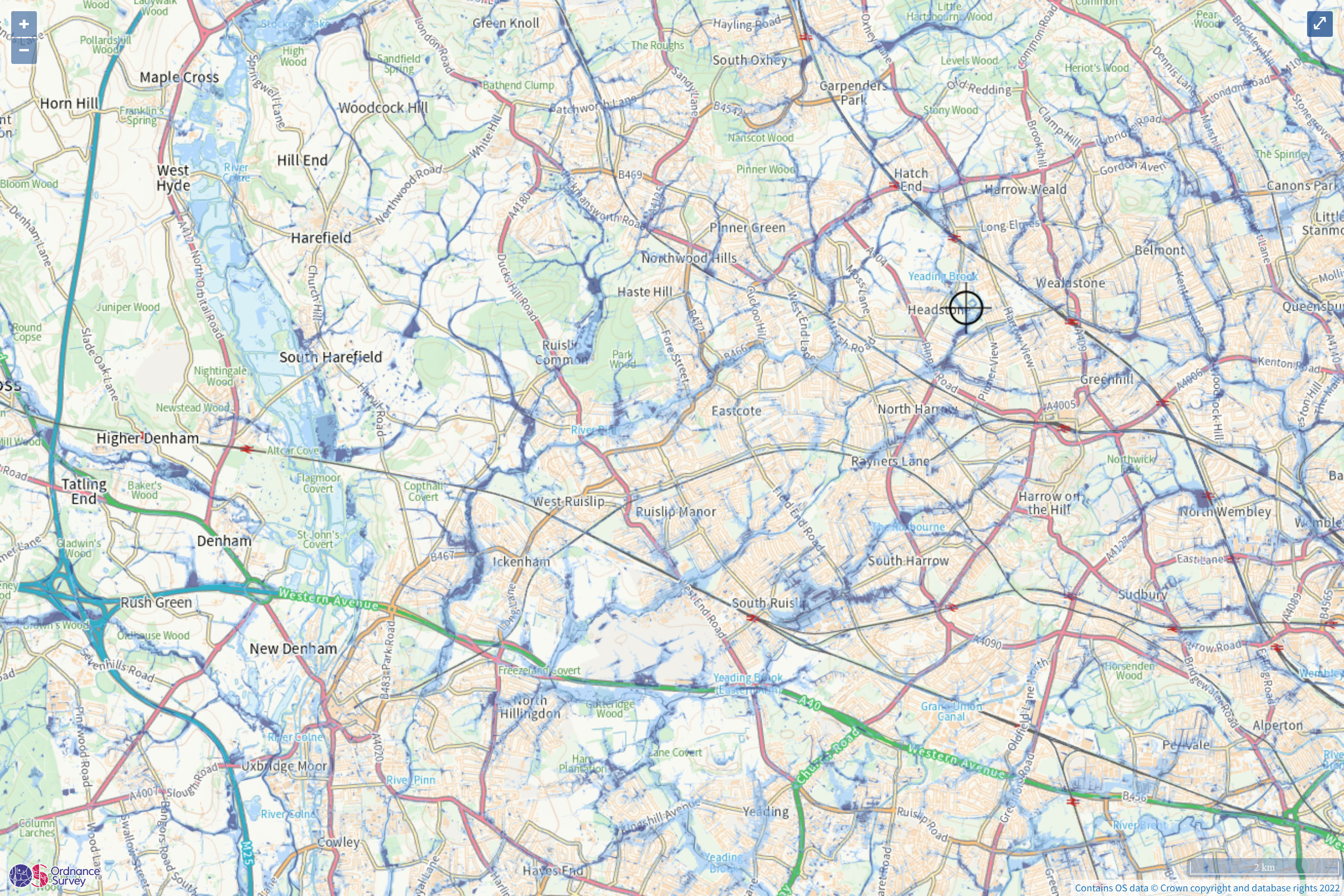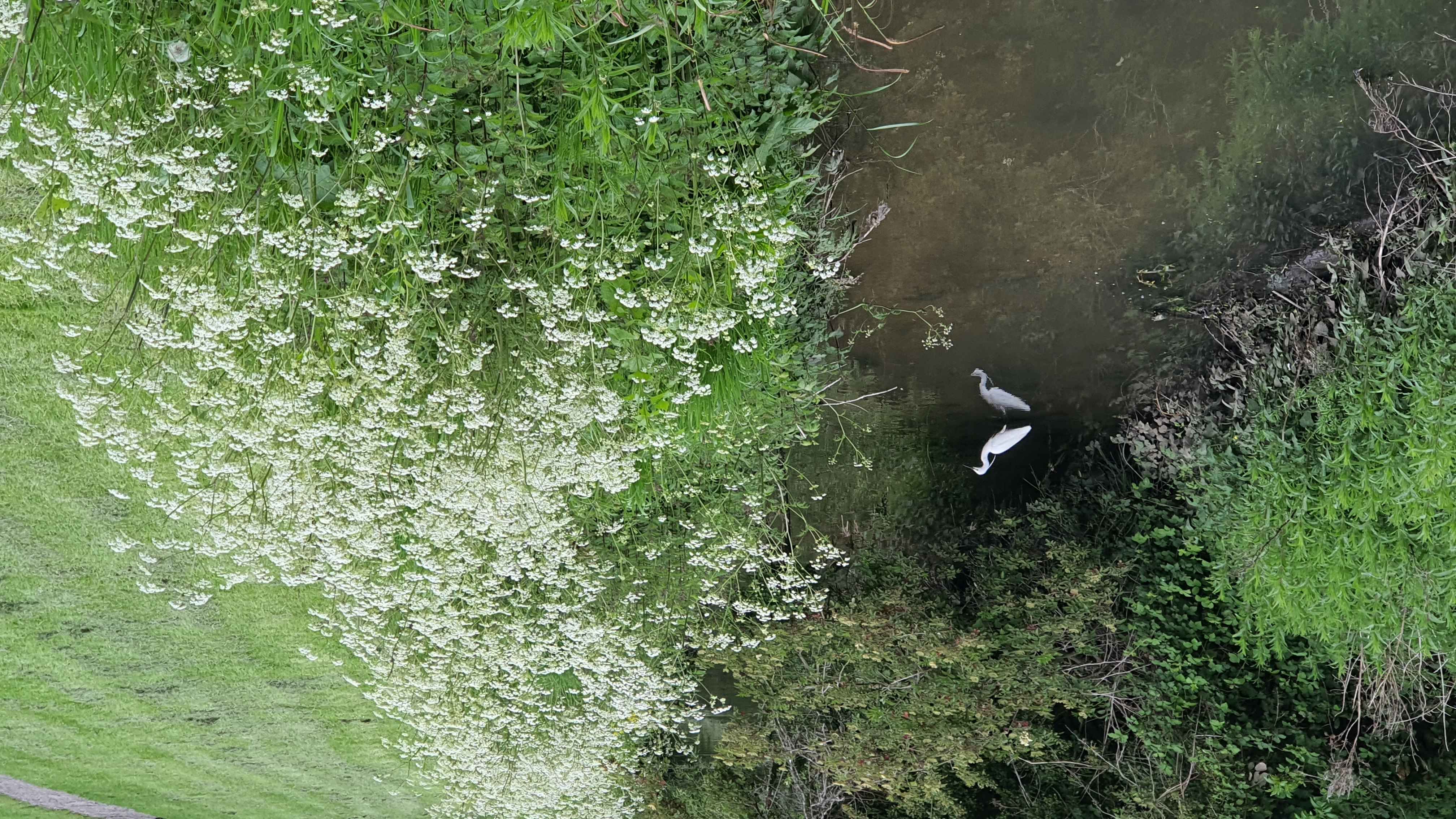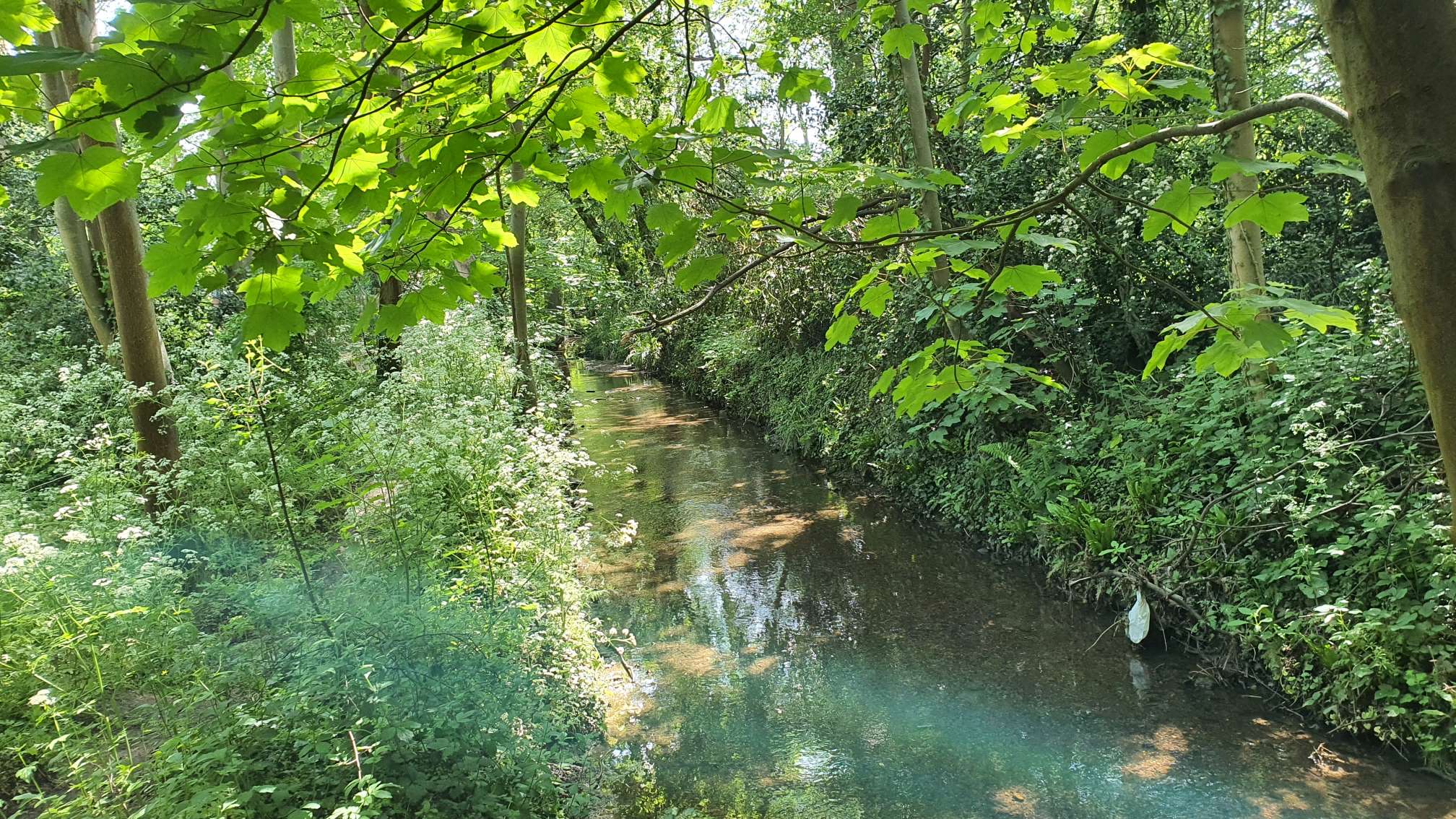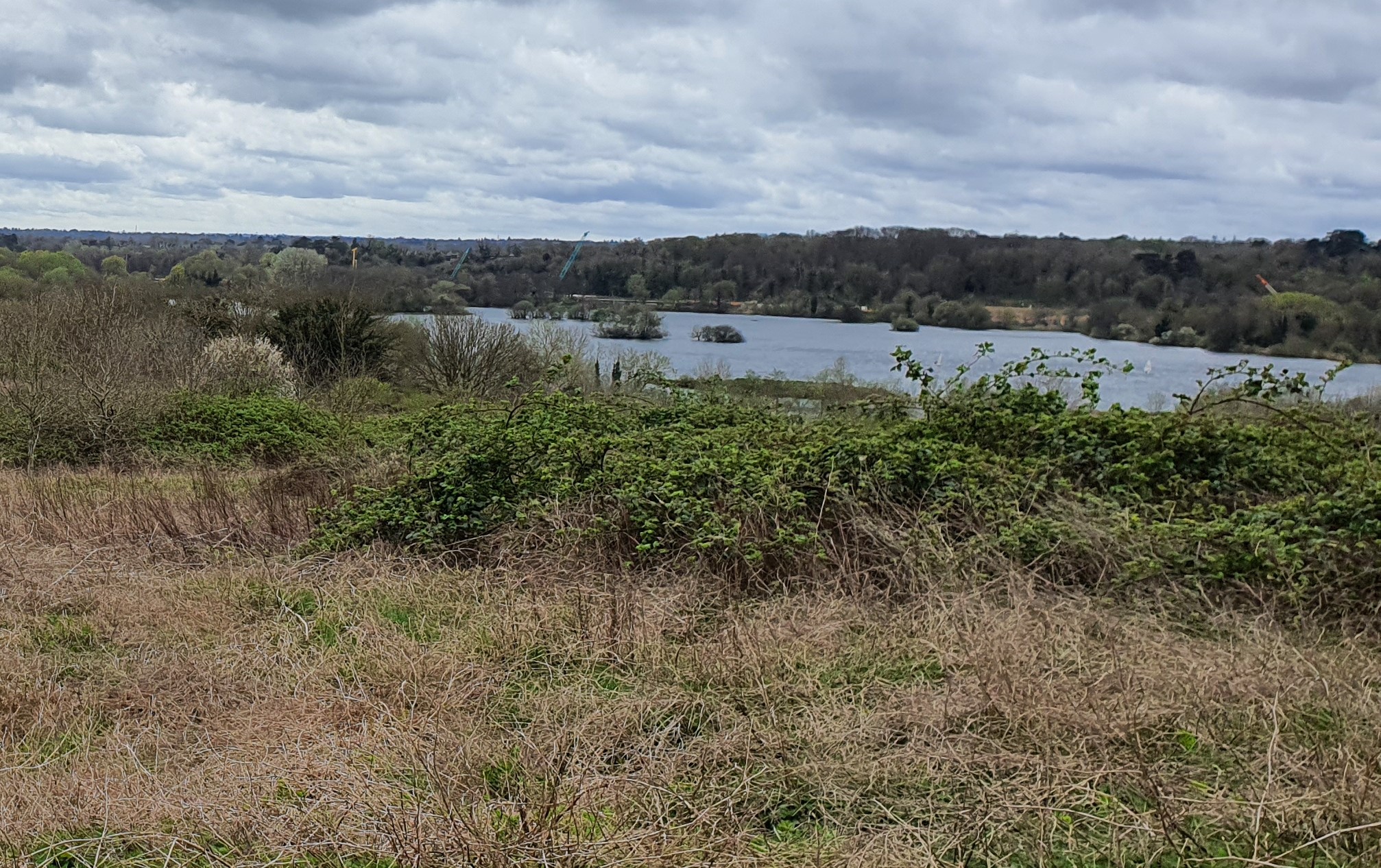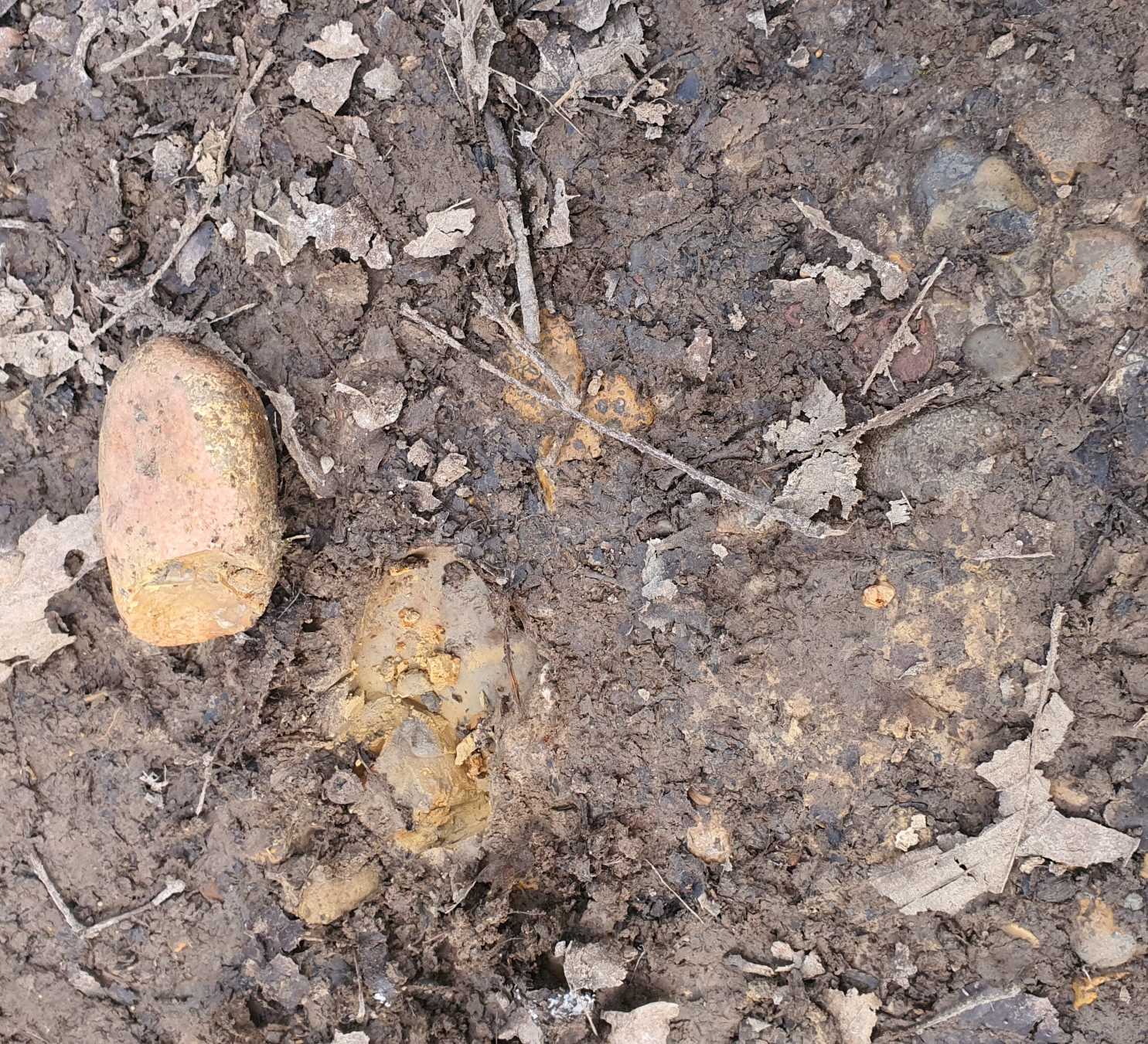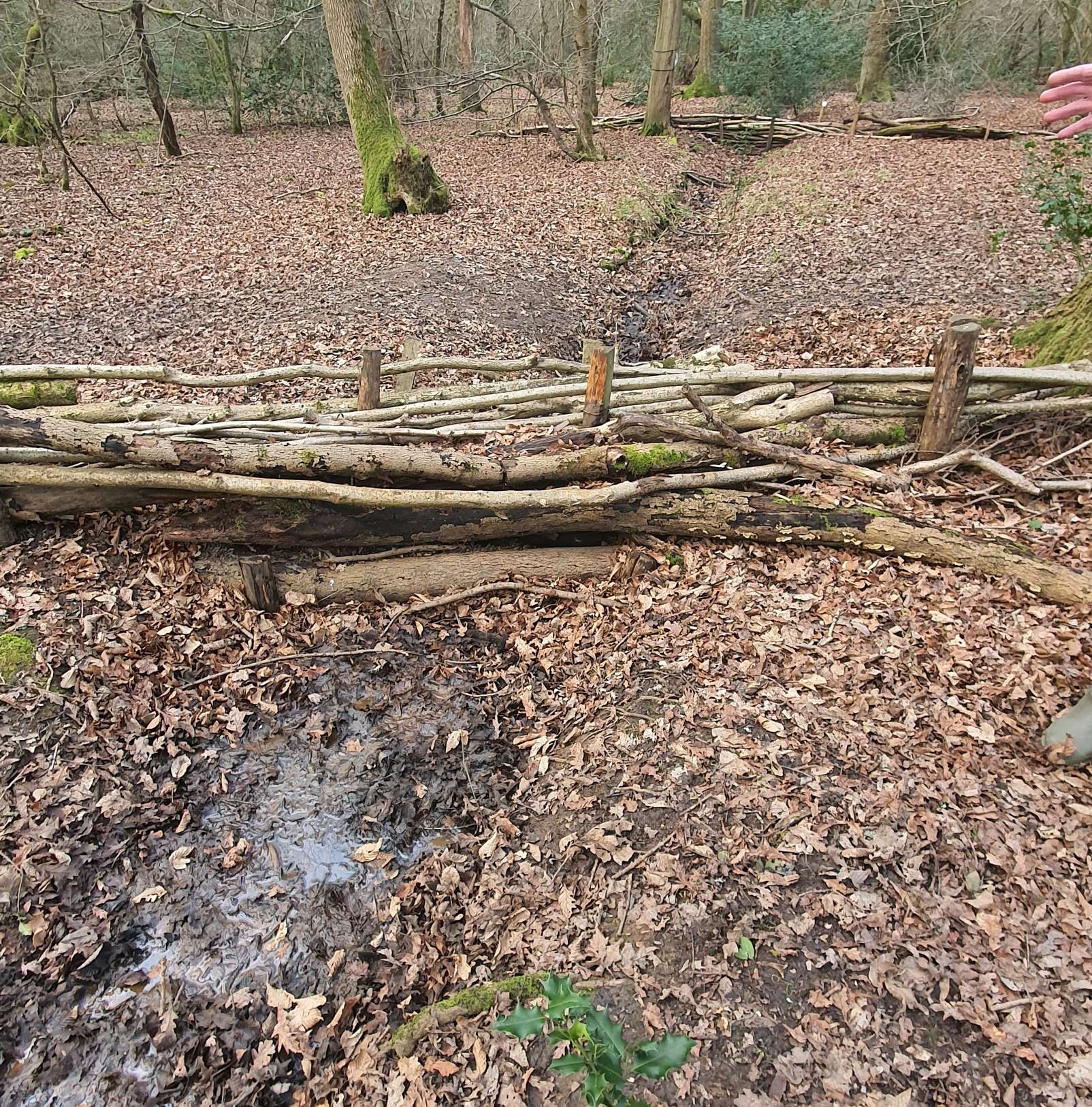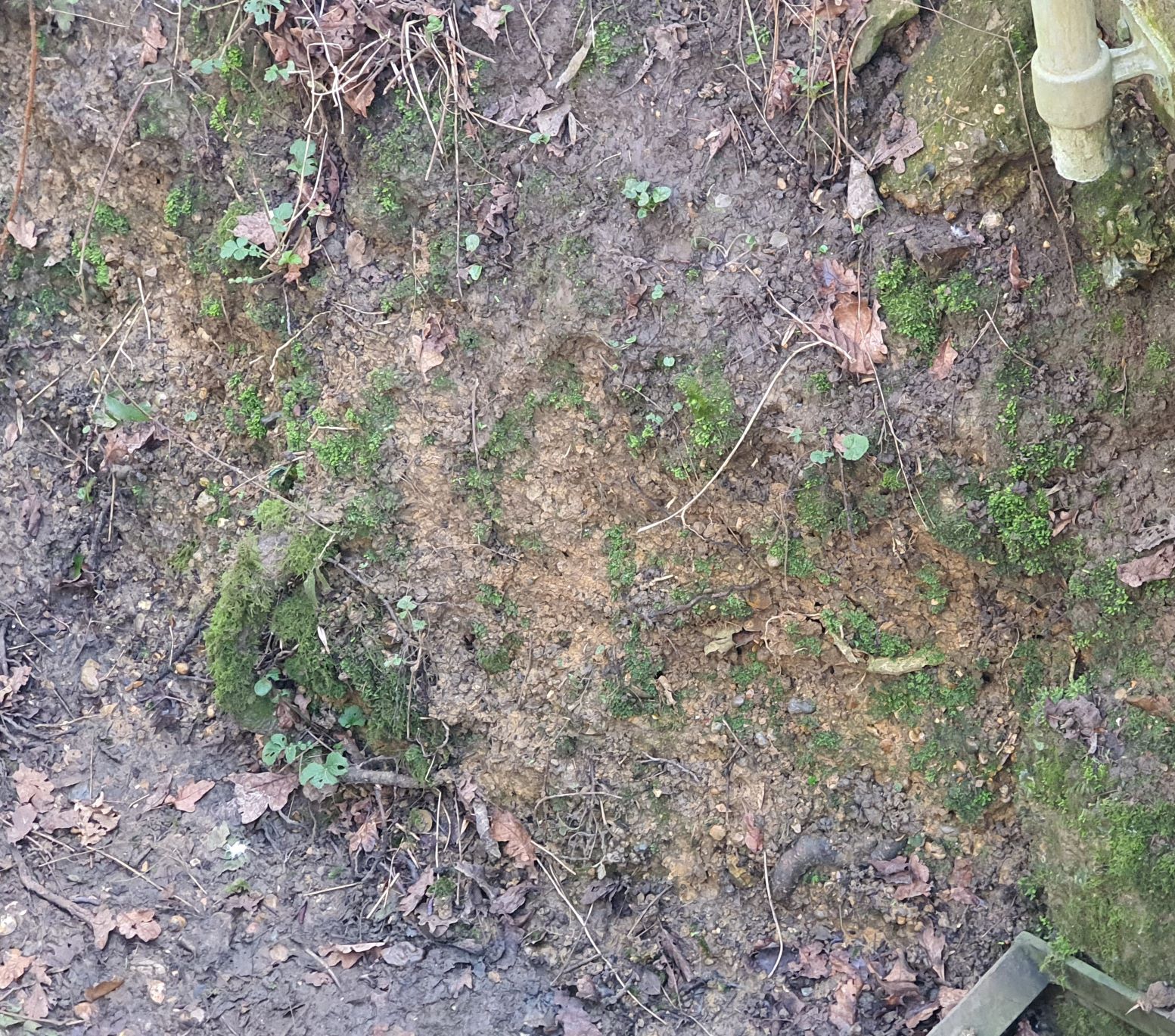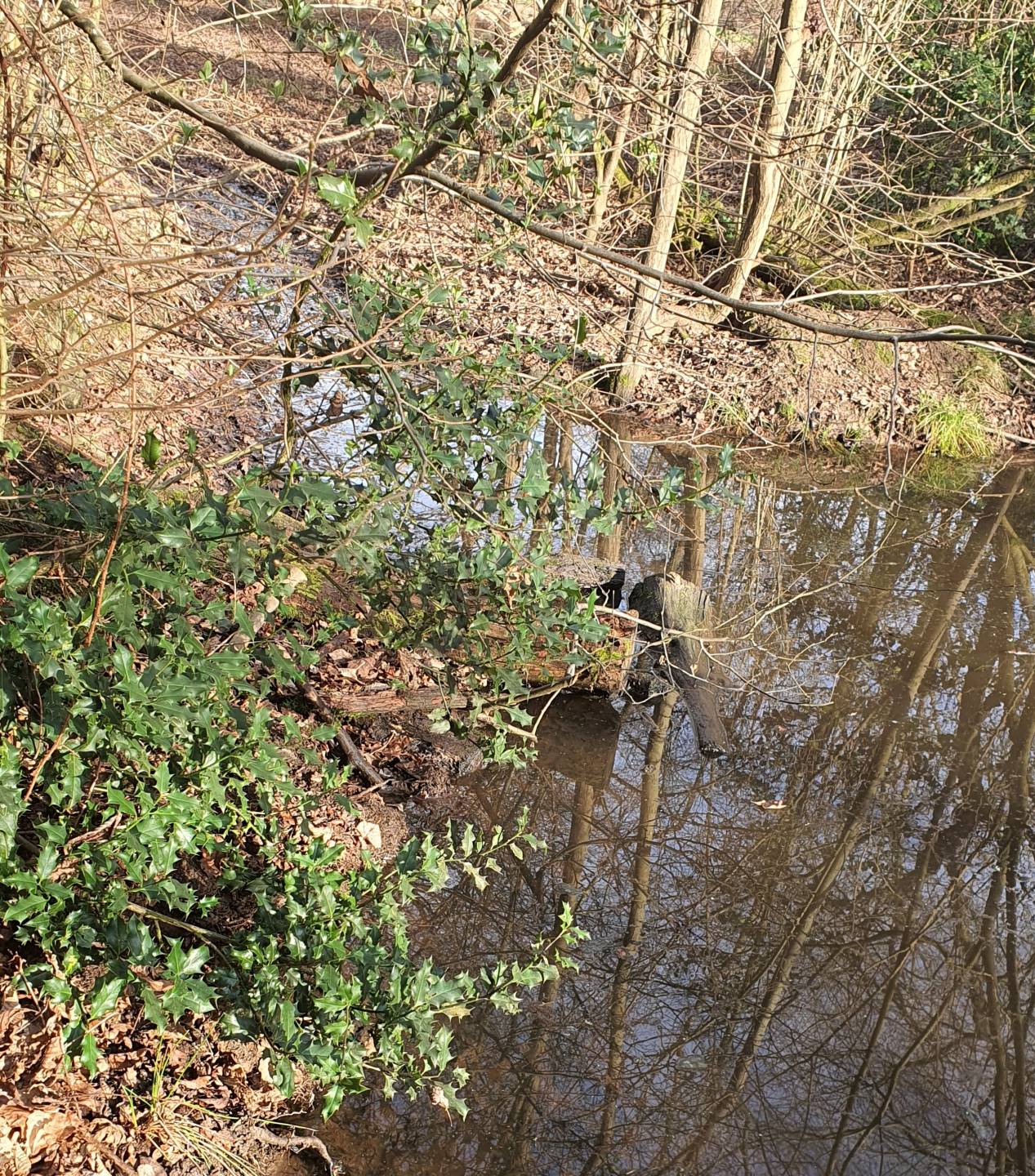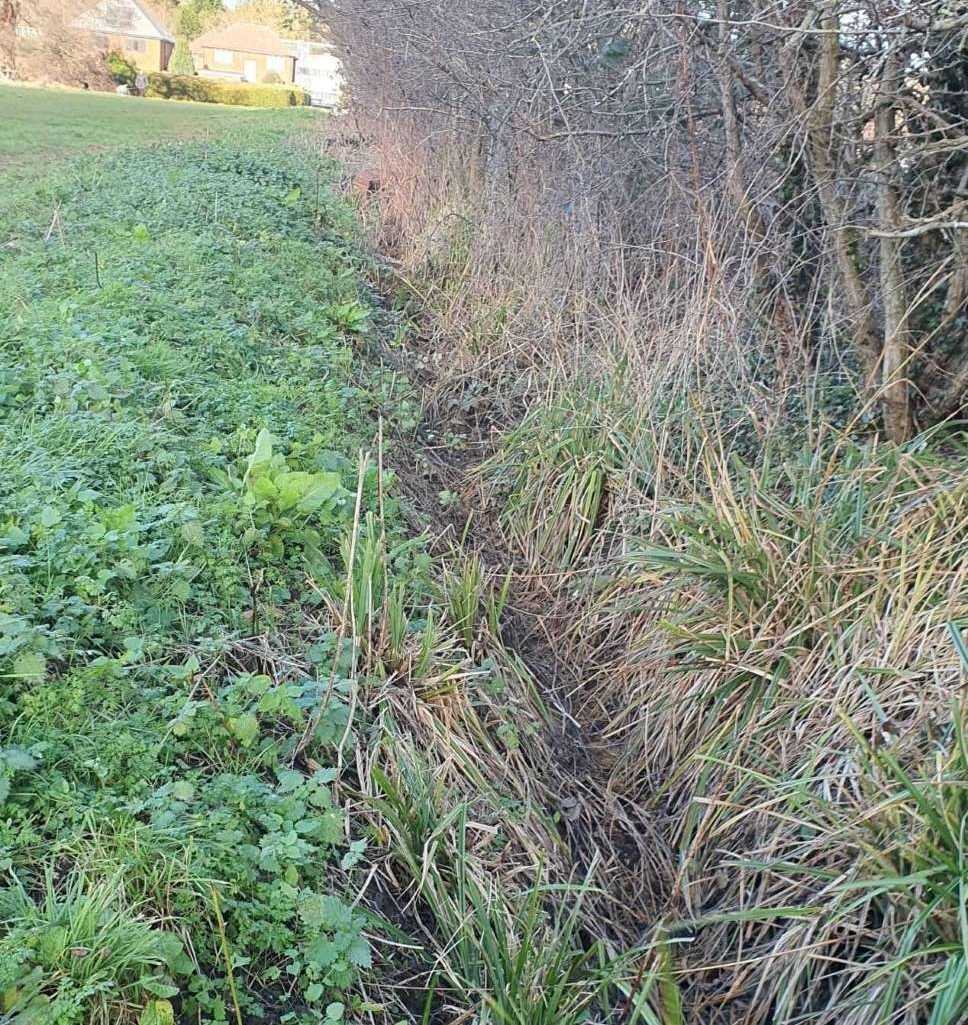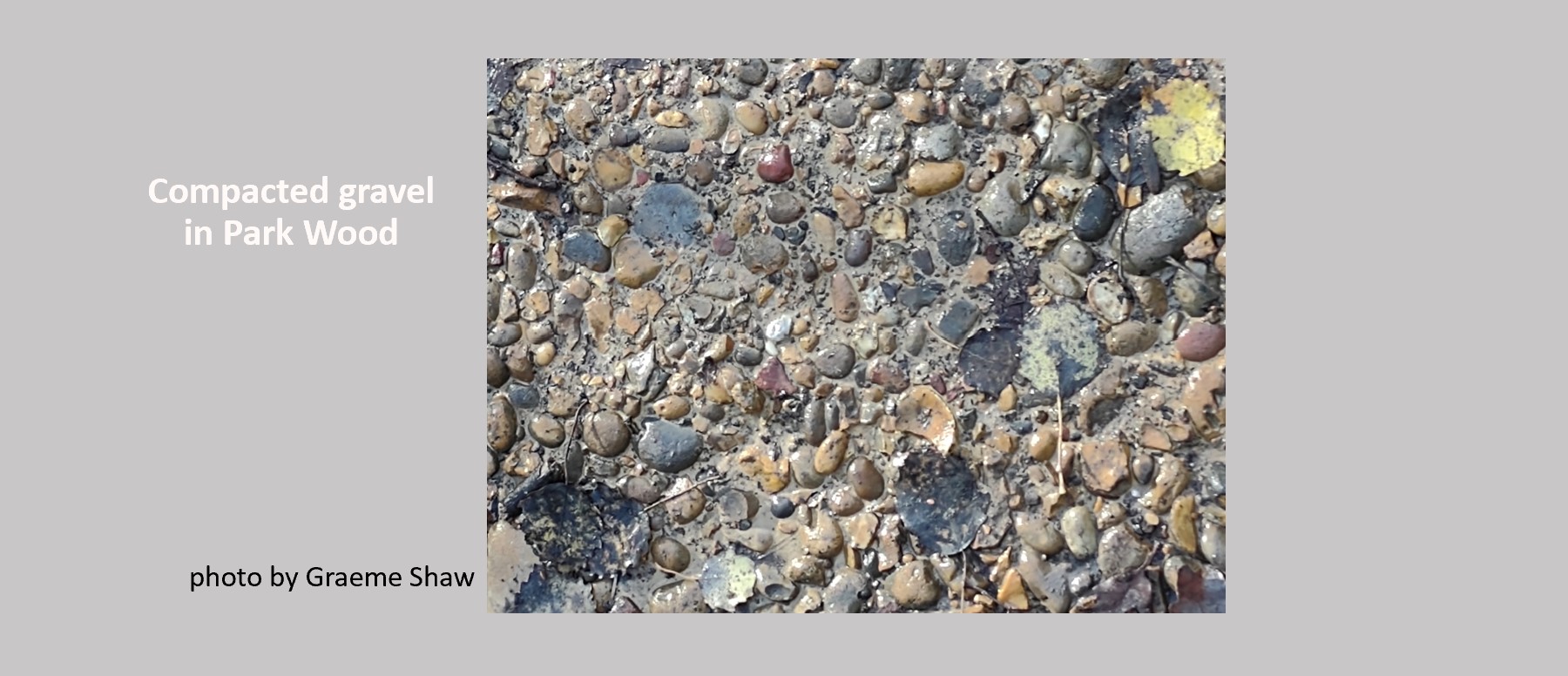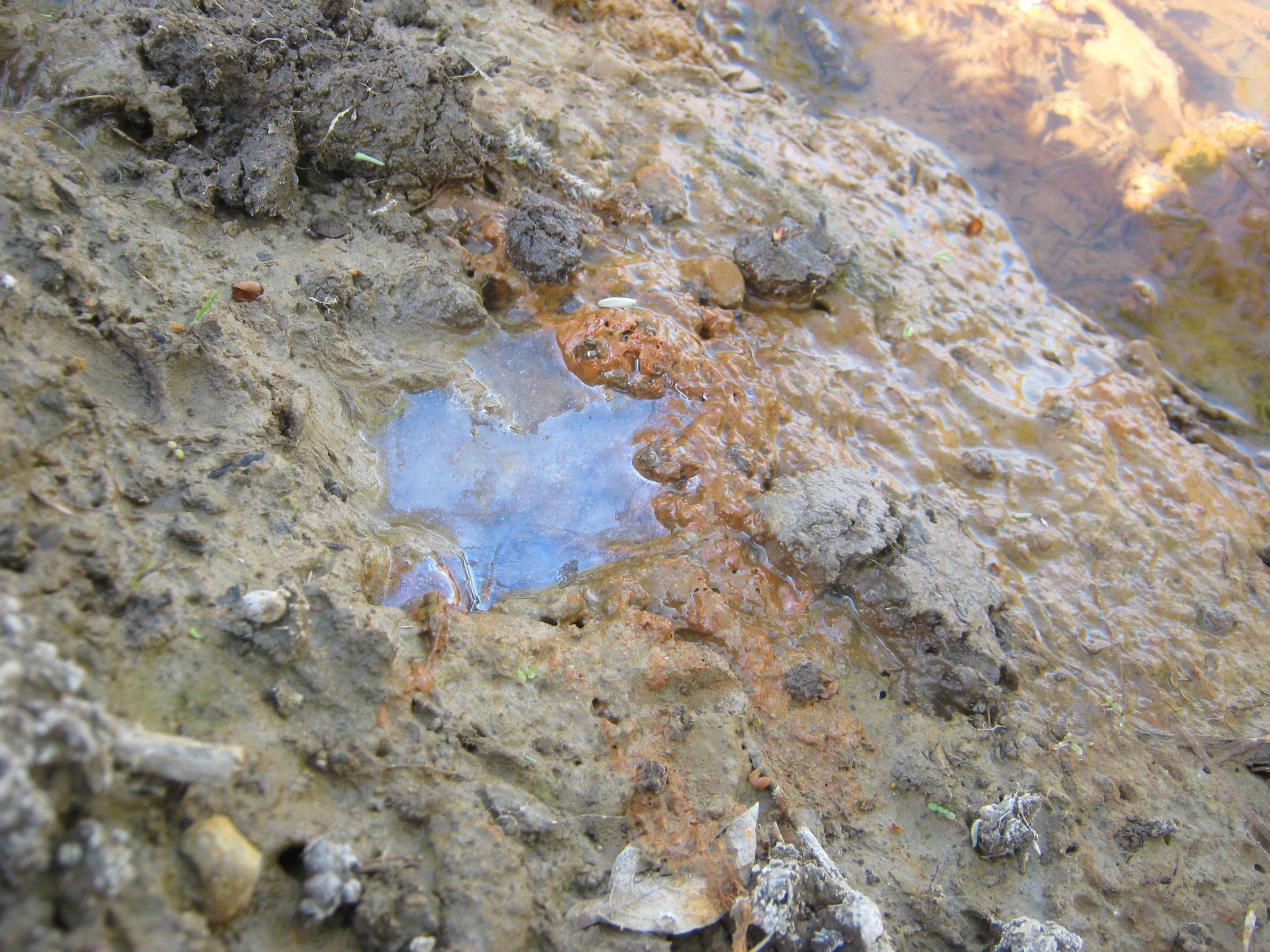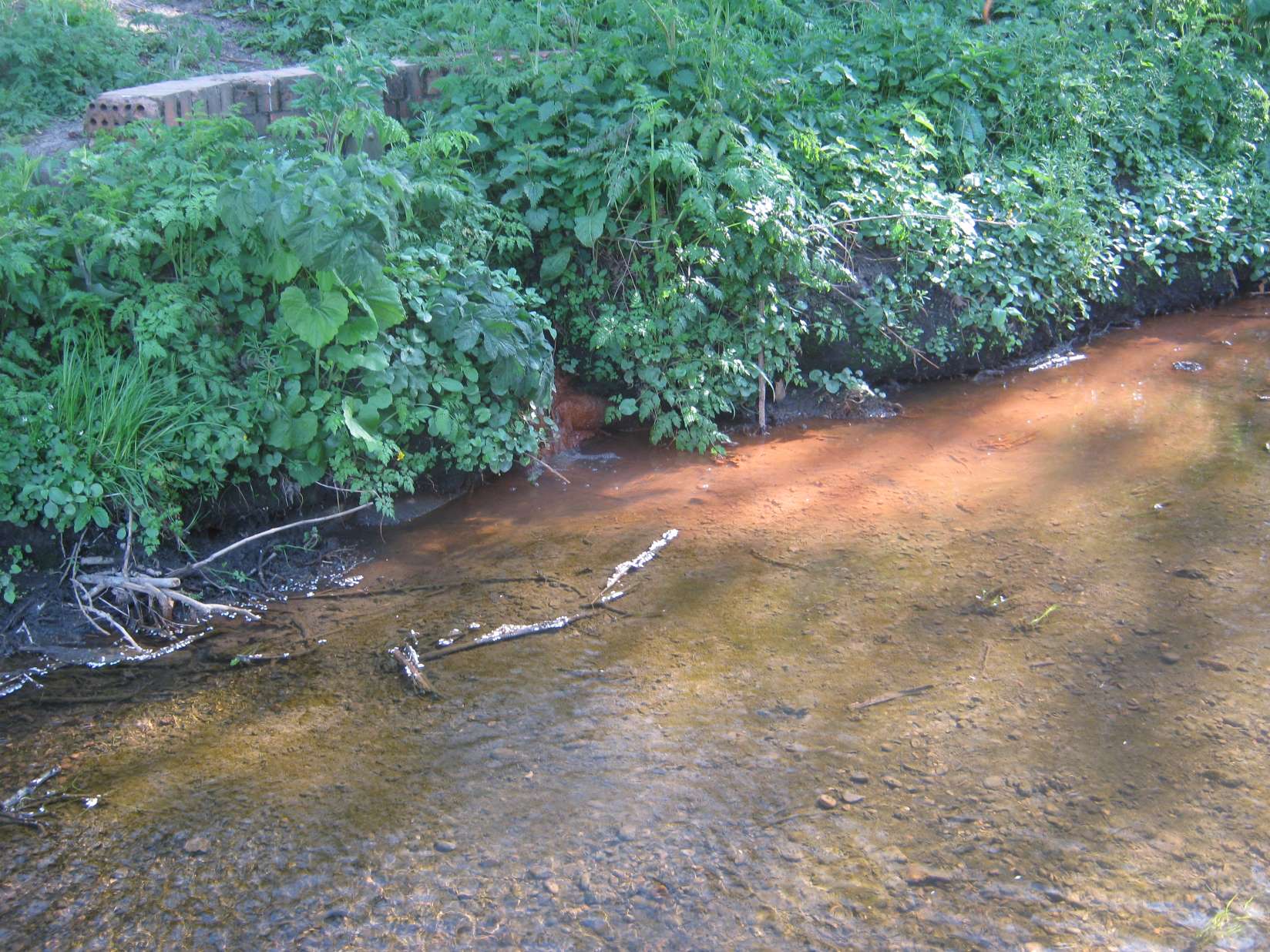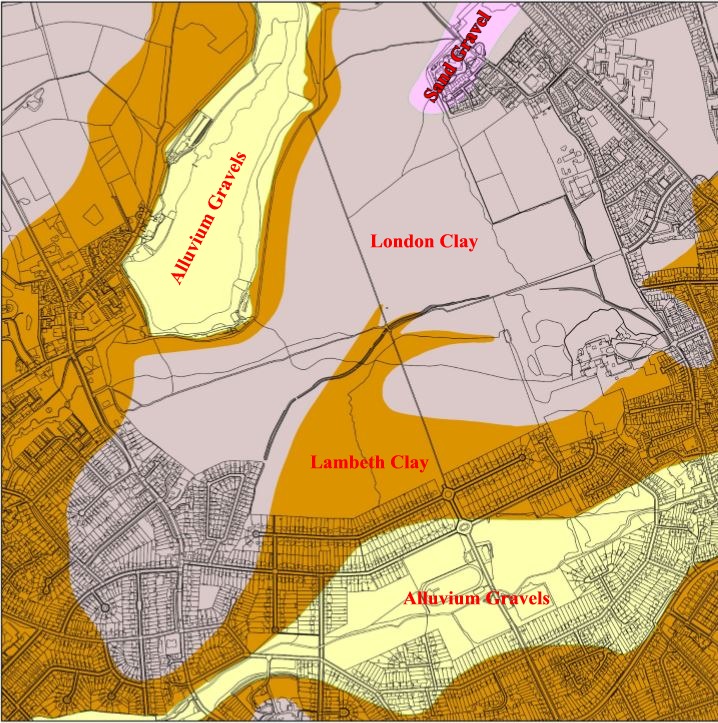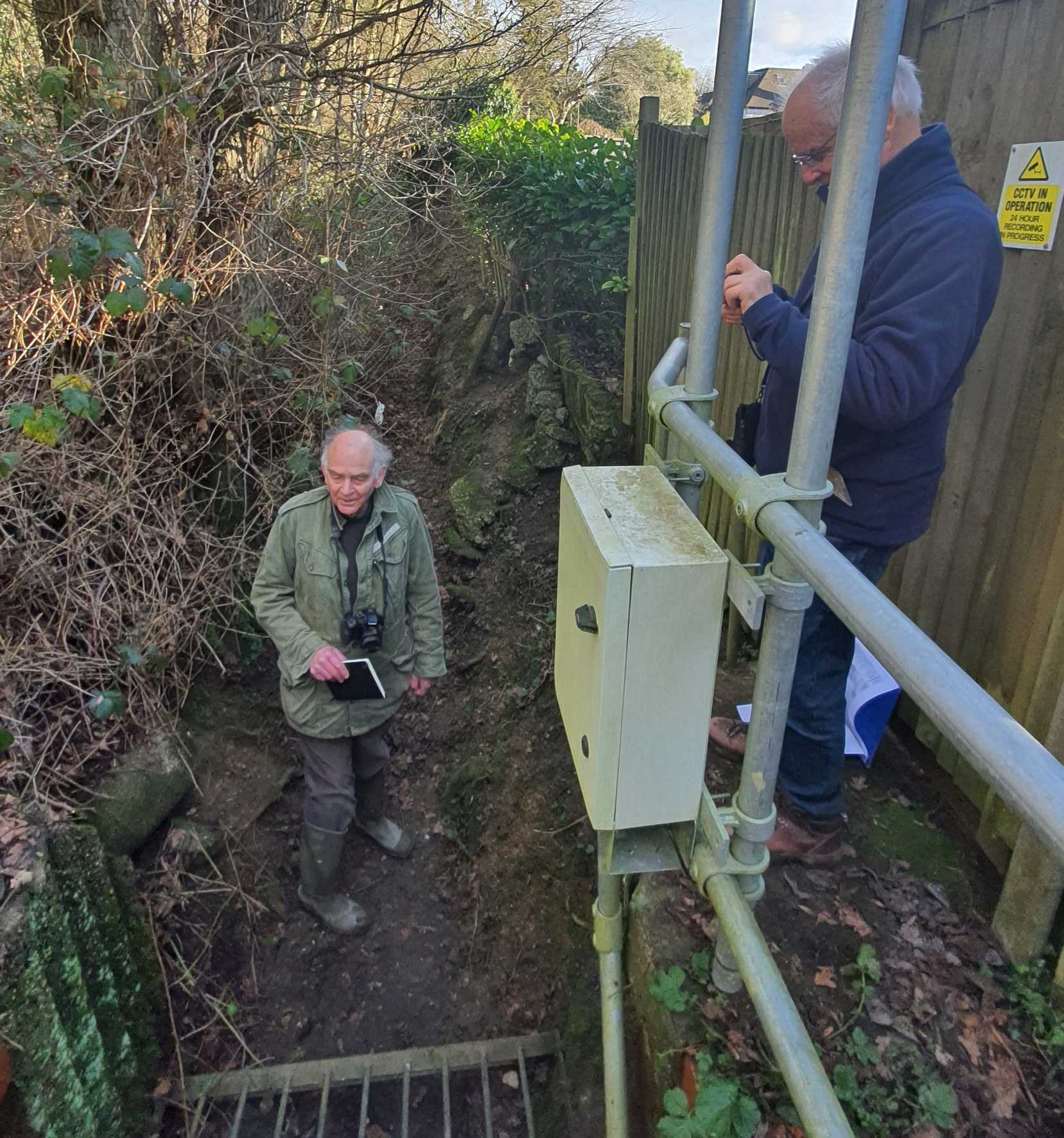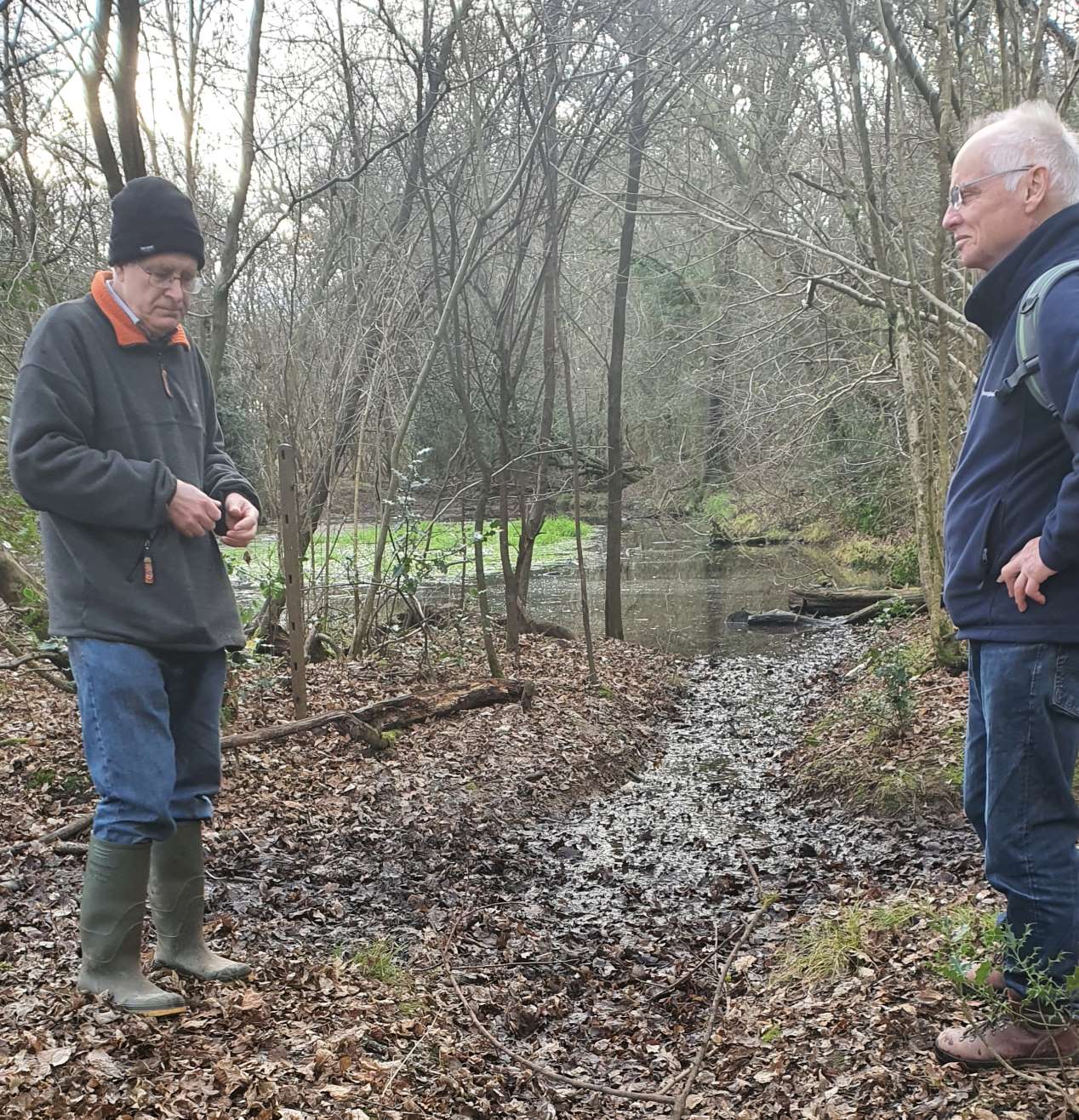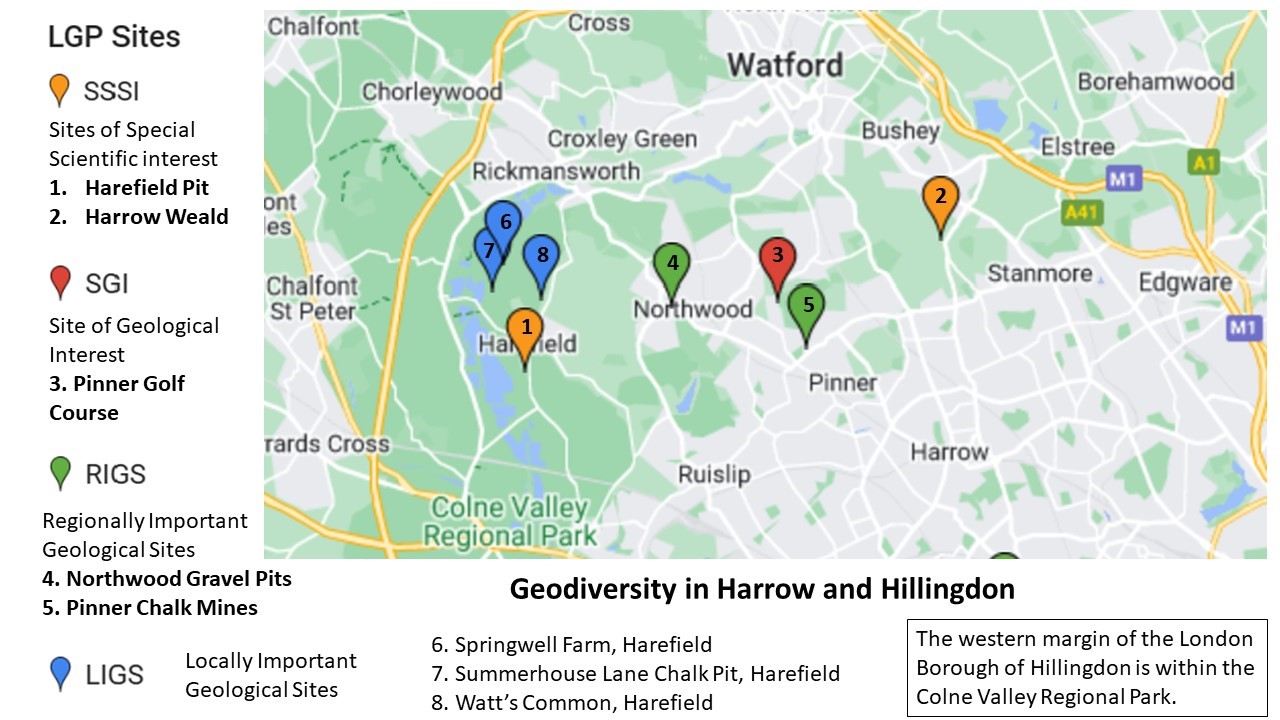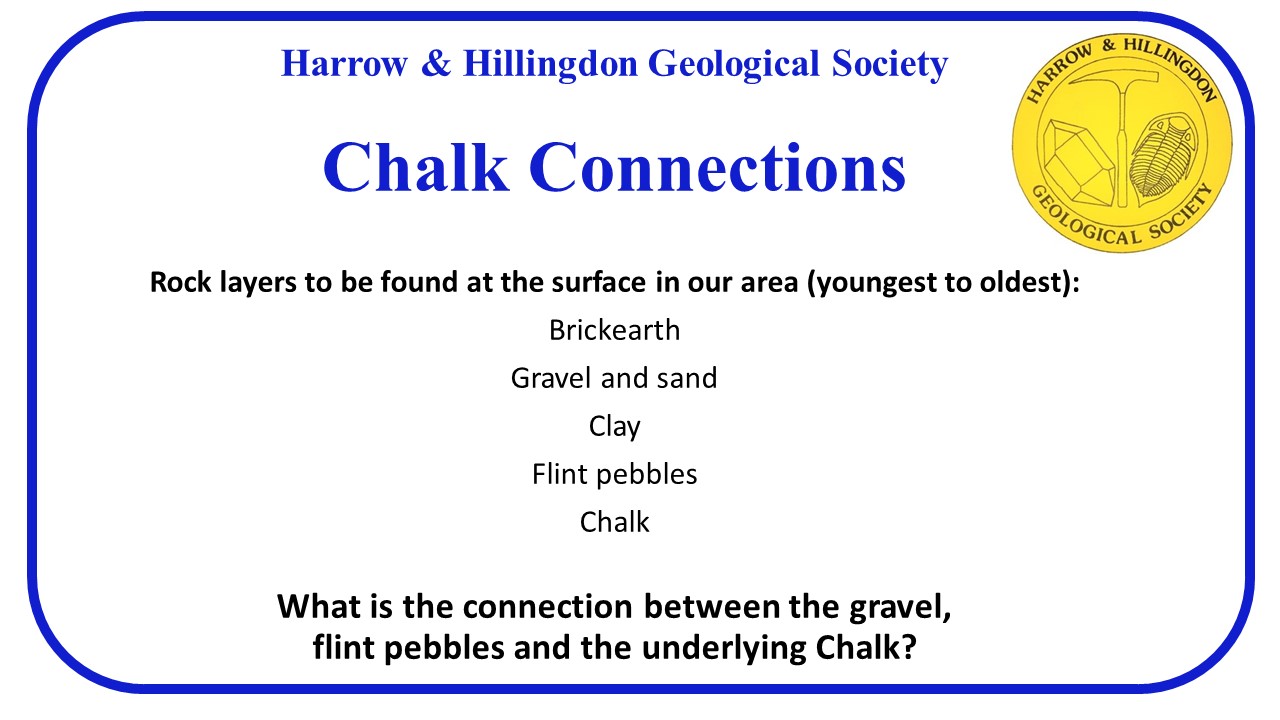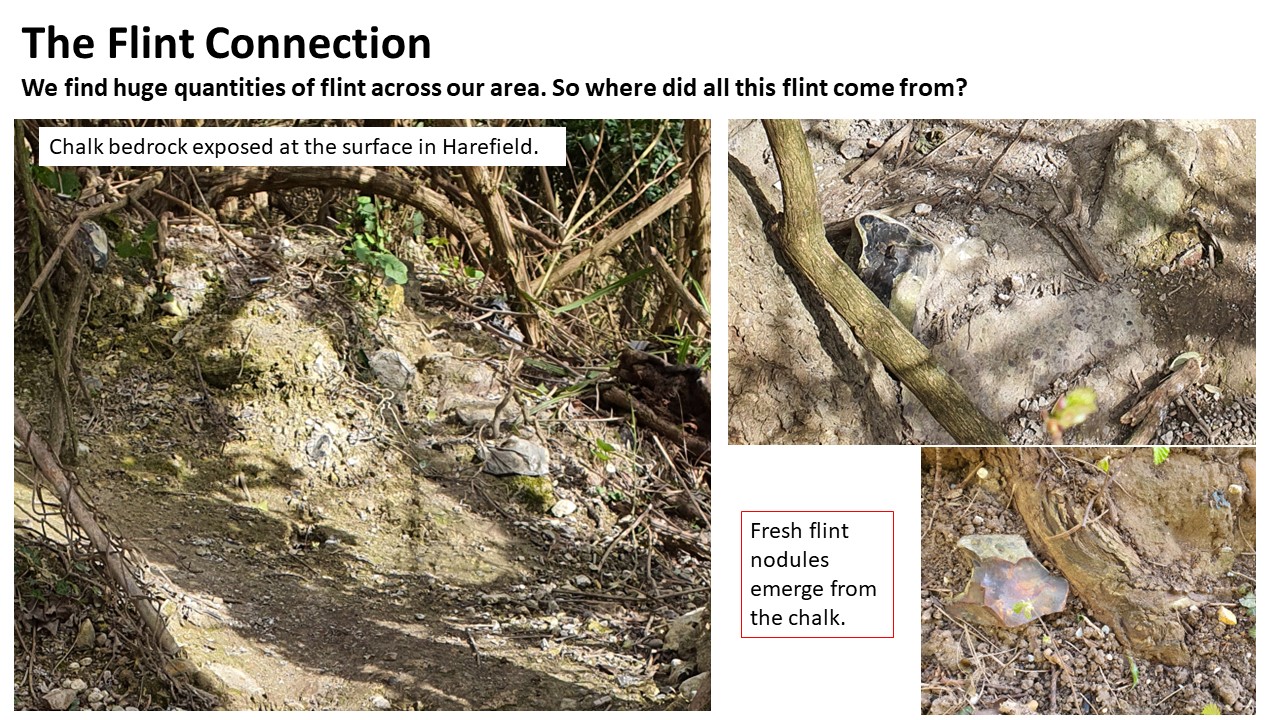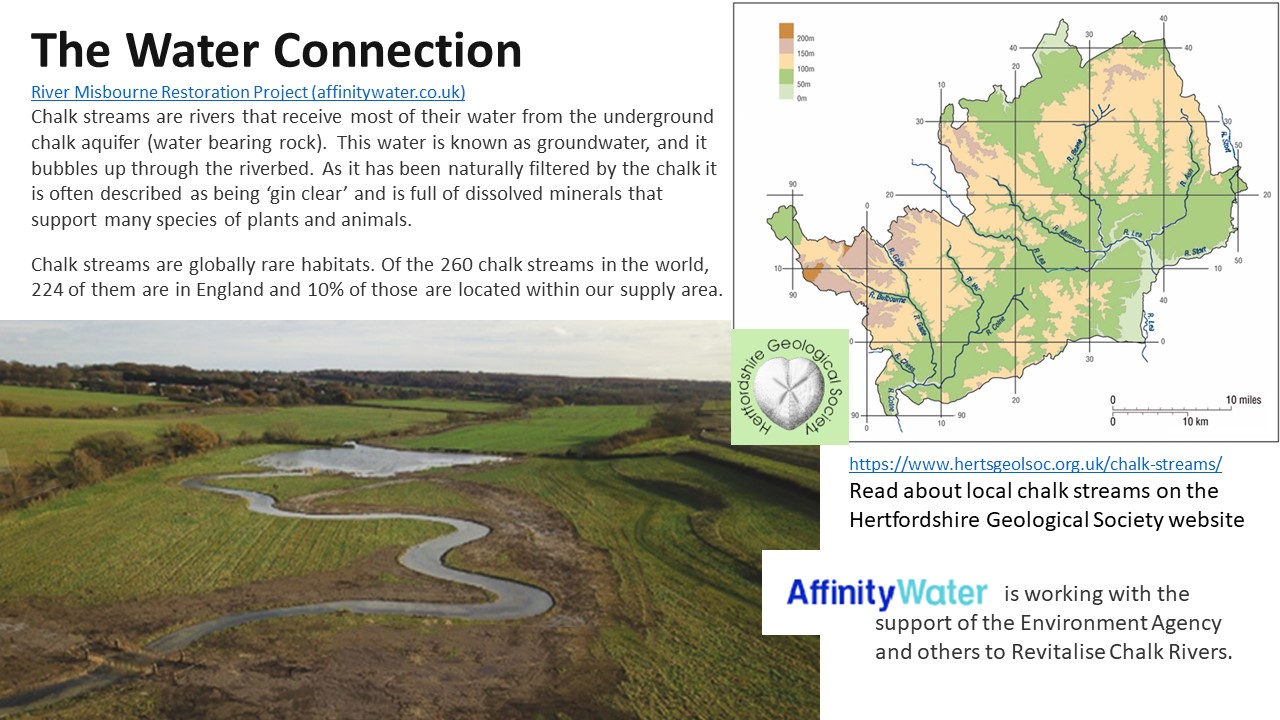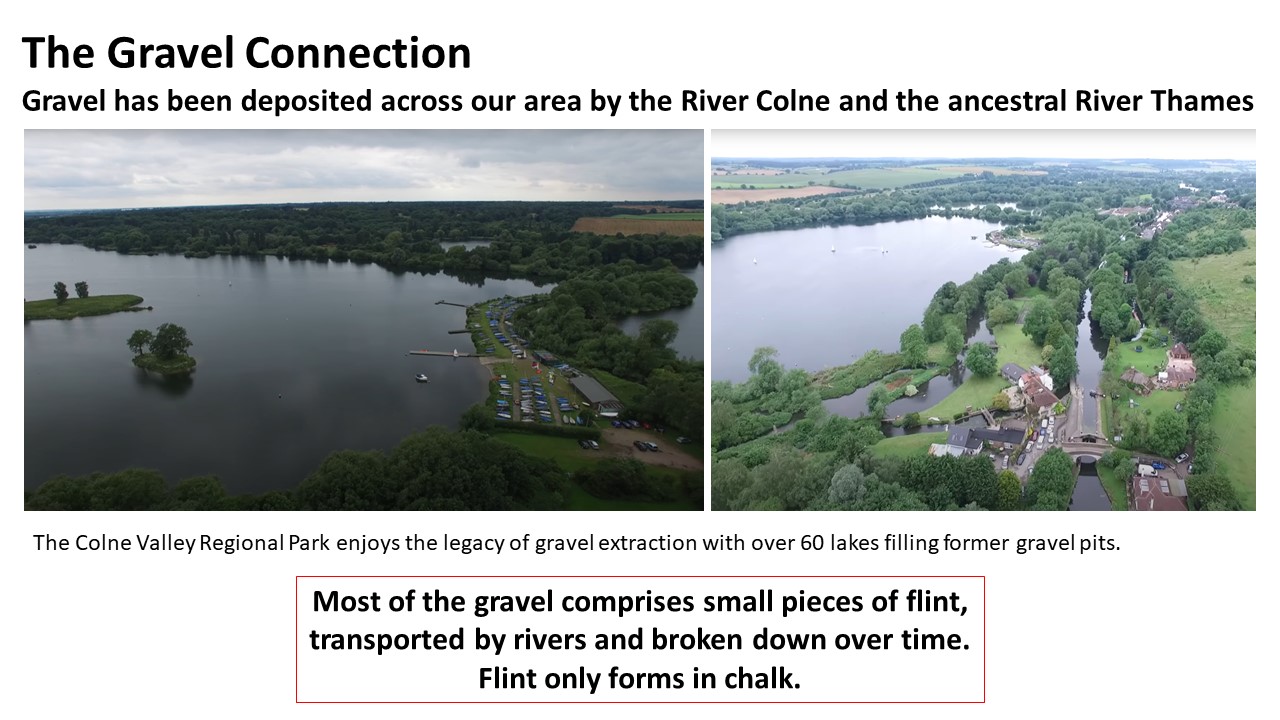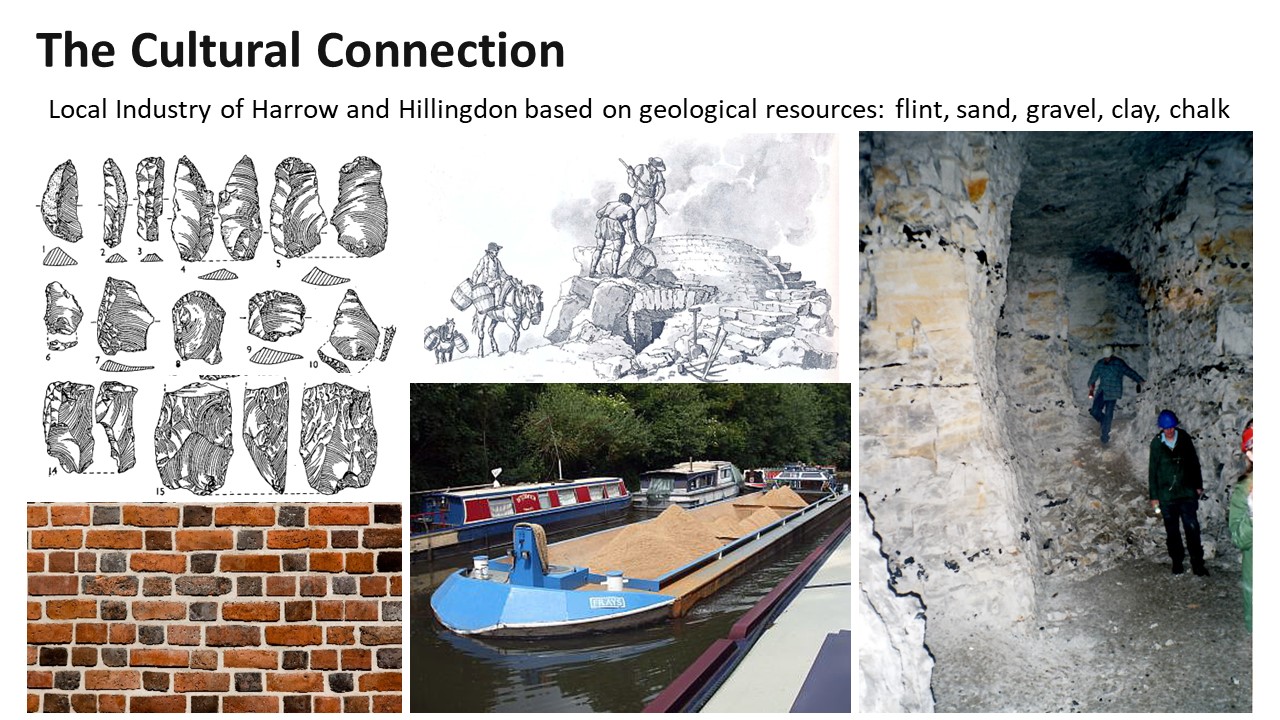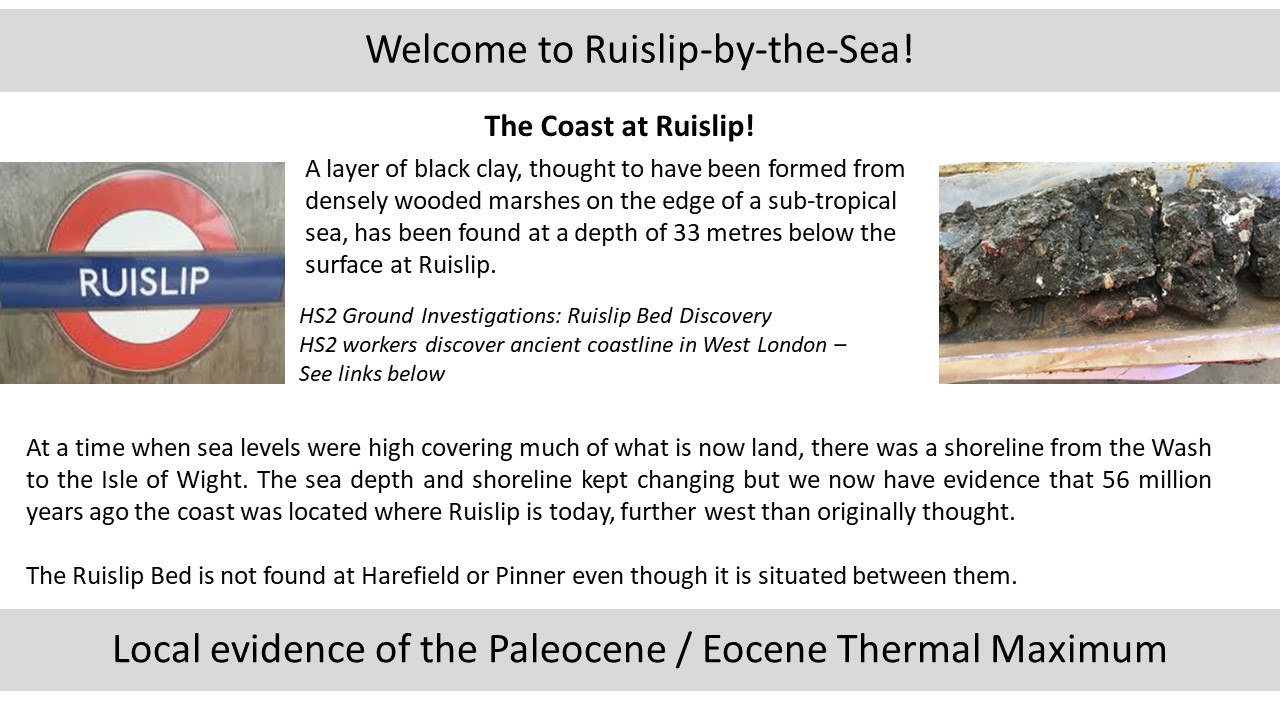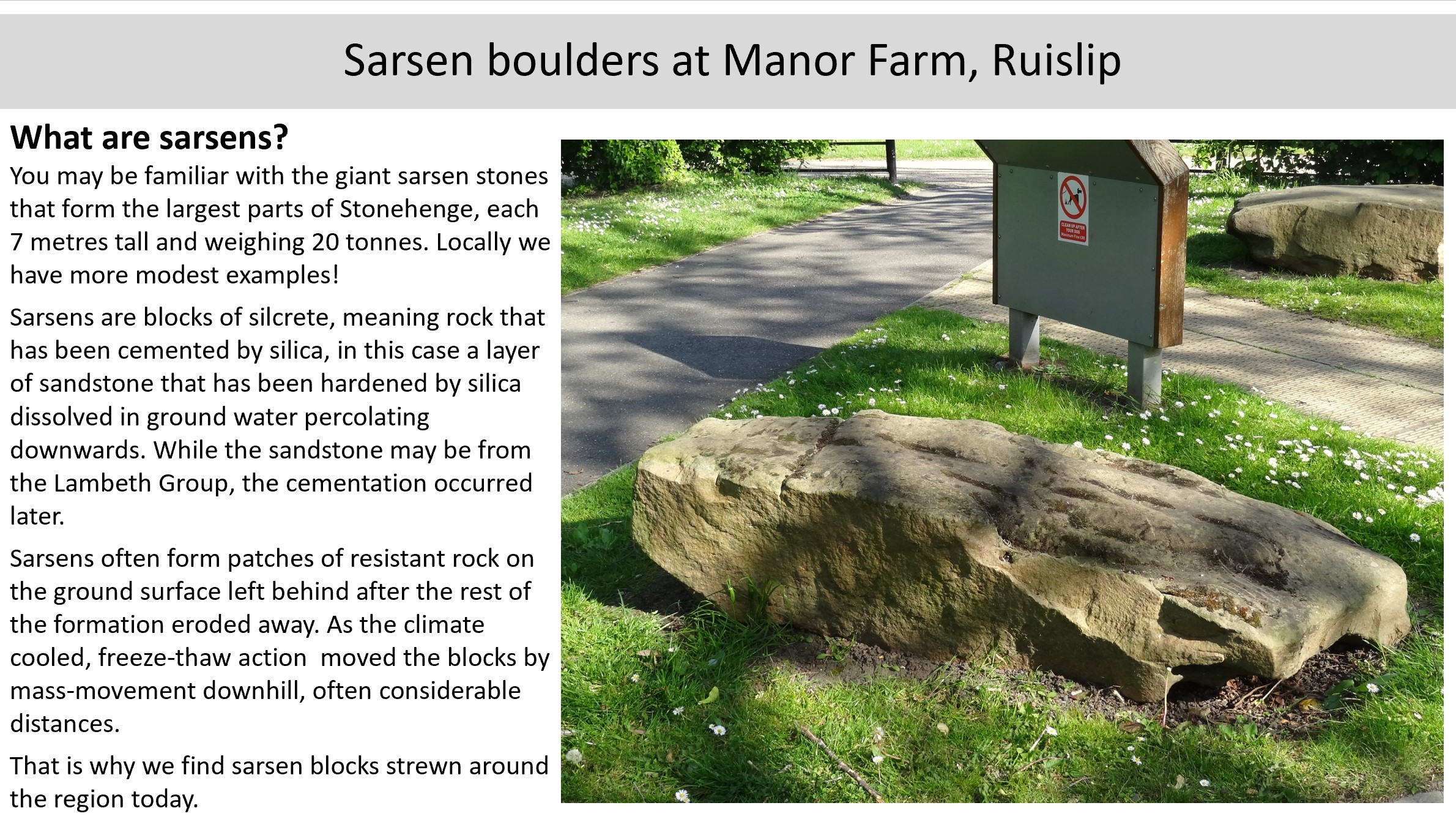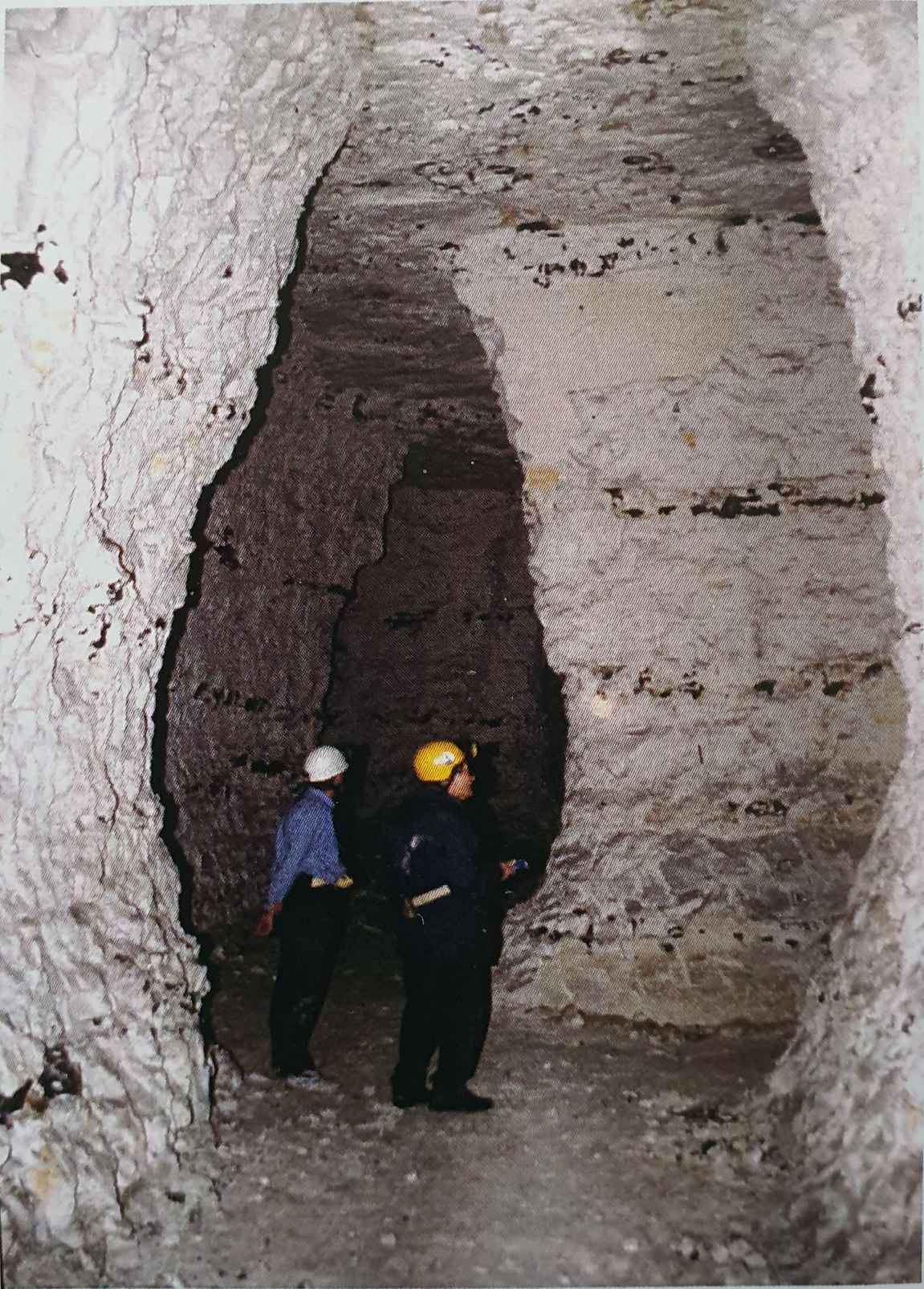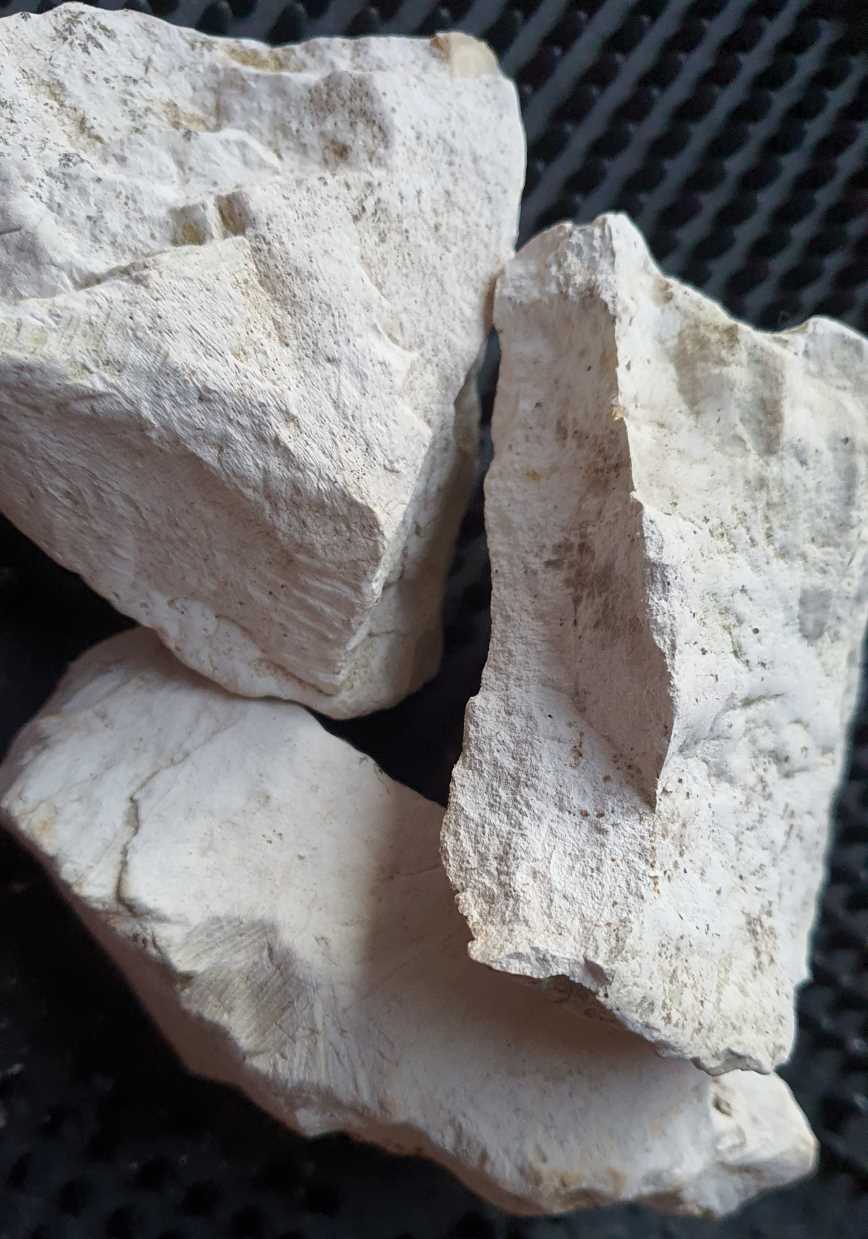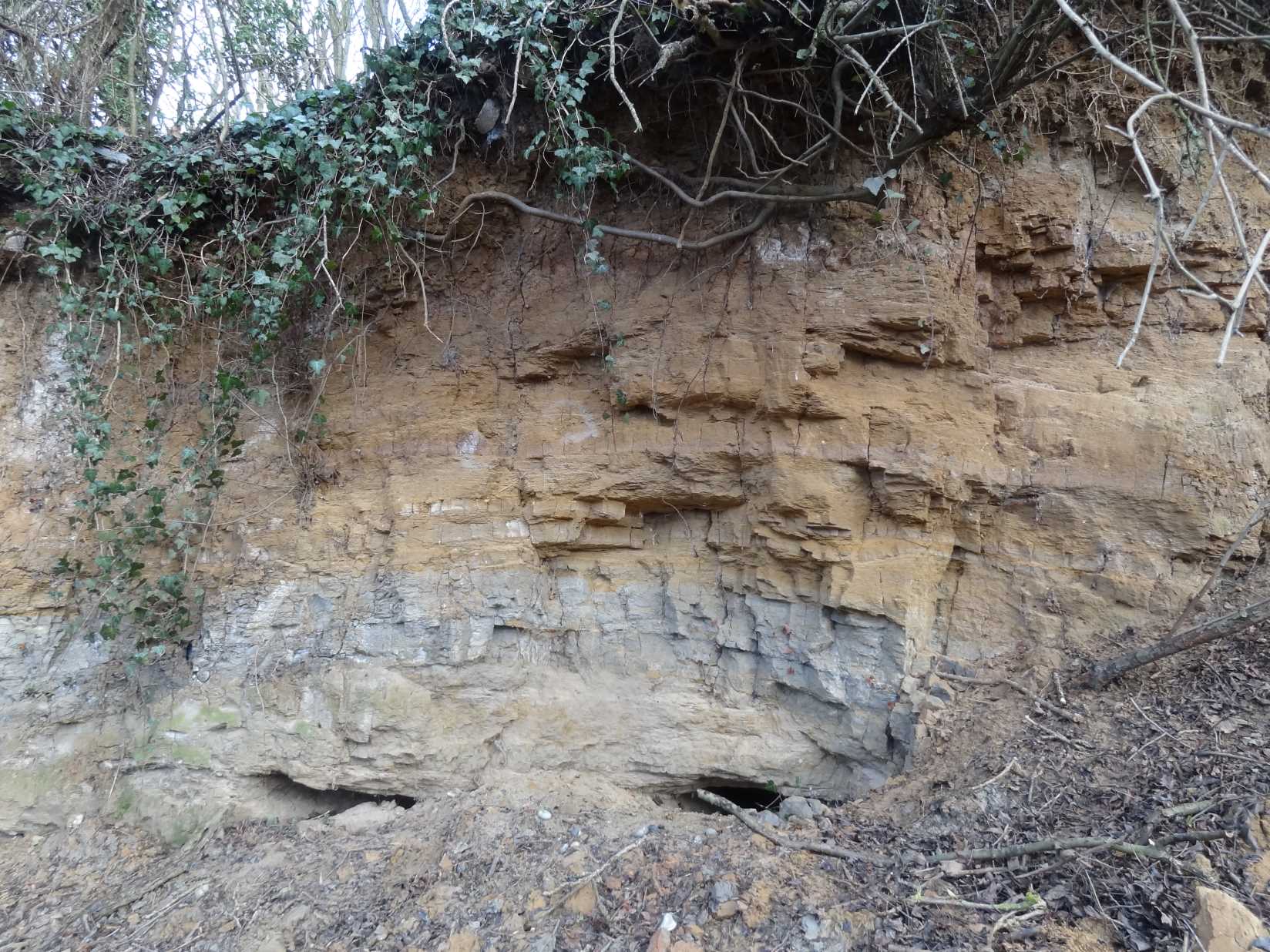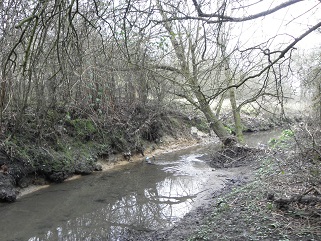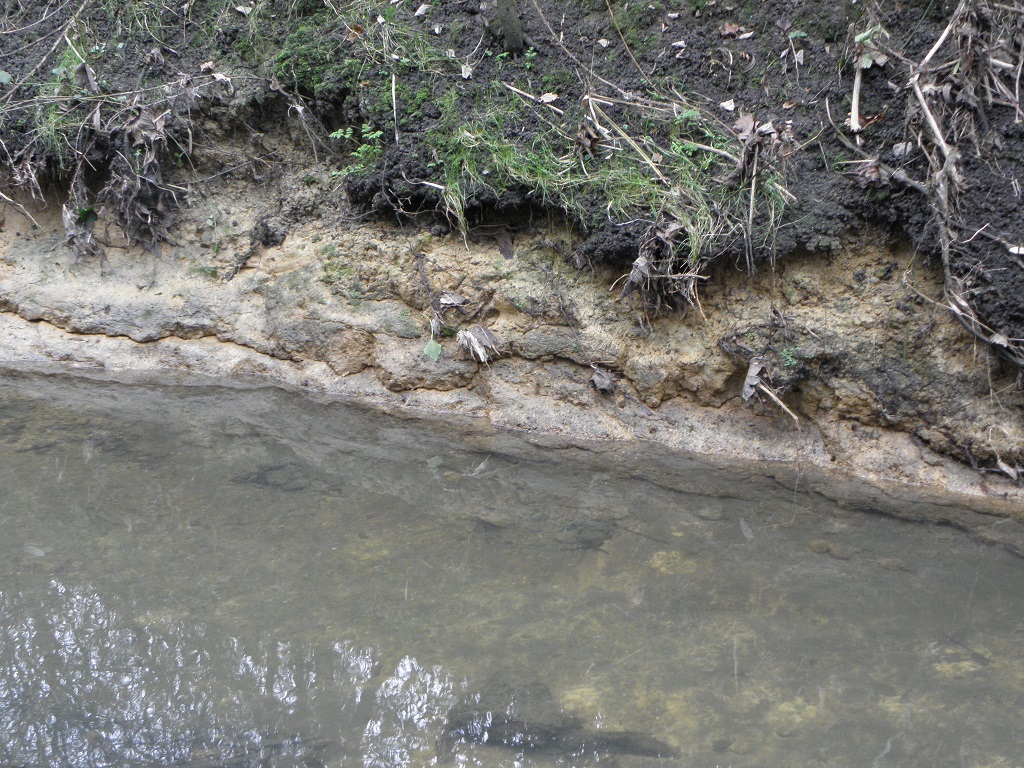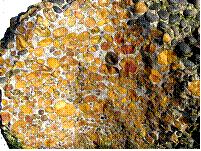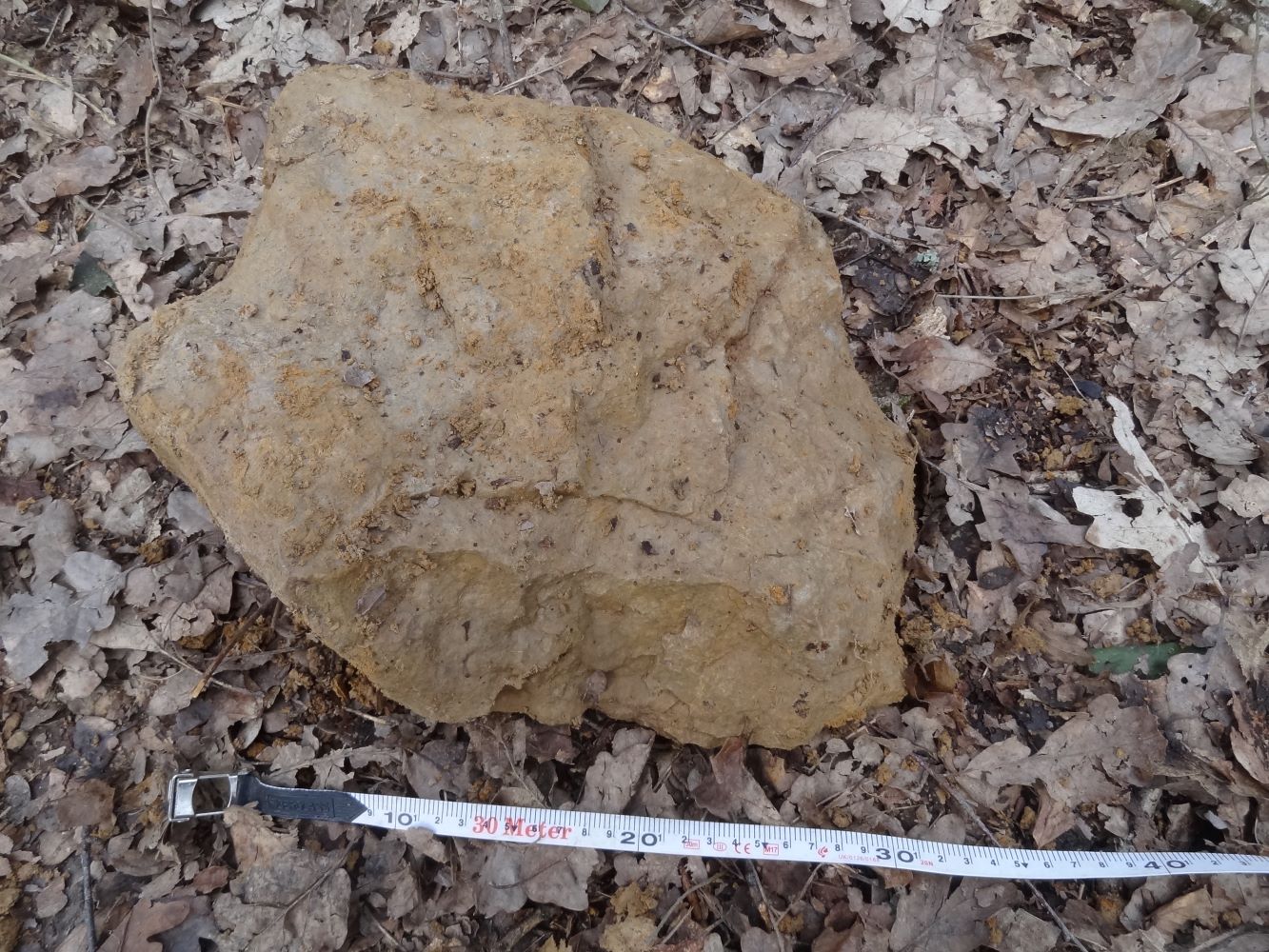Local Geology
The London boroughs of Harrow and Hillingdon are situated in the London Basin, close the Chiltern Hills and sharing borders with Hertfordshire and Buckinghamshire.
Together they make up the northwestern part of Greater London and are predominantly suburban, with buildings concealing much of the landscape. On this webpage we will explore some of the surface features that offer a window into our local geology: rivers, hills, quarries, sarsens, chalk, flint, gravel.
Together they make up the northwestern part of Greater London and are predominantly suburban, with buildings concealing much of the landscape. On this webpage we will explore some of the surface features that offer a window into our local geology: rivers, hills, quarries, sarsens, chalk, flint, gravel.
Geological Sites of Special Scientific Interest (SSSI) (see Local SSSIs) (see section below on Geodiversity)
Harefield Pit (GLA 34), on the western margin of Hillingdon. A former chalk quarry with important outcrops of the Lambeth Group: Upnor Formation and the Thames Group: Harwich Formation
Harrow Weald (GLA 18) on the northern margin of Harrow. Important for its exposure of Pleistocene gravel beds above the Claygate Beds, the youngest layer of London Clay (see Stanmore Gravel Project)
Our area has a high concentration of SSSIs important for biodiversity, underpinned by the local geology:
Harefield Pit (GLA 34), on the western margin of Hillingdon. A former chalk quarry with important outcrops of the Lambeth Group: Upnor Formation and the Thames Group: Harwich Formation
Harrow Weald (GLA 18) on the northern margin of Harrow. Important for its exposure of Pleistocene gravel beds above the Claygate Beds, the youngest layer of London Clay (see Stanmore Gravel Project)
Our area has a high concentration of SSSIs important for biodiversity, underpinned by the local geology:
- Chalk appears at or near the surface in various locations - it is a soil conditioner, reducing acidity
- The area is covered with clay, silt, sand and gravel allowing ancient woodlands to thrive
- Flint including large boulders freshly emerging from the challk was essential to early human occupation
- Gravel derived from the flint is an important resource for construction; deep deposits were left by rivers including the early Thames
- Former gravel pits and chalk quarries provide new wetland habitats
- The Colne Valley rivers, canals and lakes form our western flank joining the Thames just south of our area

×
|

×
|

×
|
